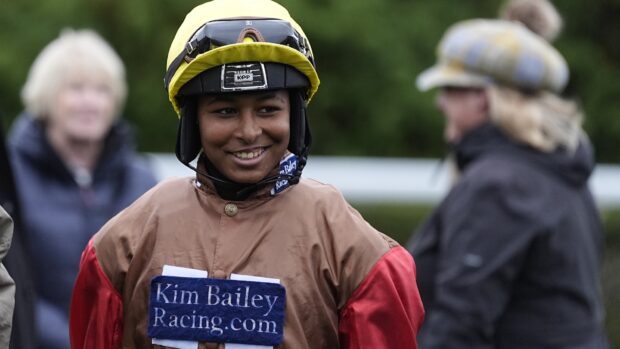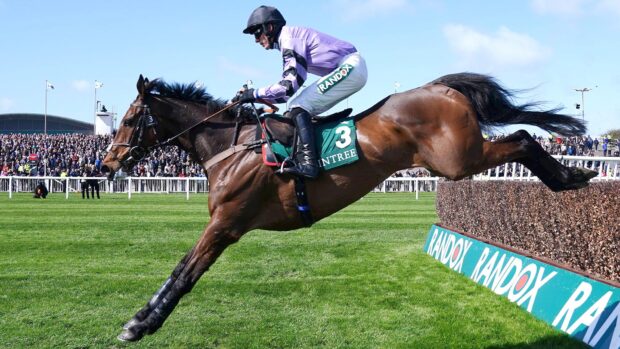The Jockey Club is to review hygiene standards in racecourse dope sampling boxes in response to trainers’ concerns.
Peter Webbon, the Jockey Club’s veterinary director, has begun the investigation after an incident last month in which Martin Pipe, the 14-time champion national hunt trainer, refused to let one of his horses be dope-tested. Pipe was handed a £7,500 fine by the Jockey Club’s disciplinary panel after refusing to let his horses enter the “dope box” at Haydock due to his fears over the spread of disease.
Pipe had earlier made refusals at Sandown and Lingfield, where his runners were later tested outside of the designated area, but Tanterari, the odds-on favourite at Haydock, who trailed in 39 lengths adrift of the winner, went home without being tested.
The trainer explained on his website: “I’m not opposed to dope testing, but the practice in which the testing is conducted. Disease may be spread by horses using the same dope box.”
Jockey Club spokesman John Maxse told Horse & Hound: “Trainers must have confidence in the system. There is not a problem with hygiene, but that won’t prevent us seeing if there is anything further we can do to improve things.”
Webbon will be working with all 59 racecourses and the Animal Health Trust, and will look at practices from racecourses abroad.
Pipe has received support from trainers Henrietta Knight and Mark Rimell.
Rimell said: “Two types of horses go in to dope boxes — those that run well and those that run badly. After a horse has run, it may cough and breathe heavily. A sick horse may go into the box, and be followed later by a horse that has run well. Even if it has run well, it’s at a low ebb after the exertion of a race, and susceptible to germs.
“[The Jockey Club] could test in horses’ own boxes or set up two boxes, one for winners and one for losers — or one for each race.”
But Lesley Barwise-Munro, president of the British Equine Veterinary Association (BEVA), said: “The regulations are strict, and the risk of transmission is probably zero. Each horse breathes an airspace that has had the doors open for 20min. To pass on infections, horses have to stand next to each other or share a manger or a water bucket. Sampling in horses’ own boxes would mean there’s no watertight control system.”
Maxse added that it is unlikely major changes will result from the report.
|
||
 |
||


 Get up to 19 issues FREE
Get up to 19 issues FREE TO SUBSCRIBE
TO SUBSCRIBE 


